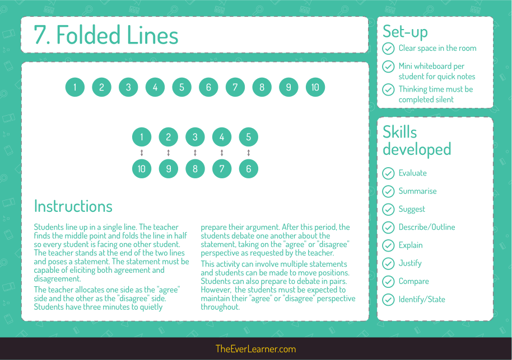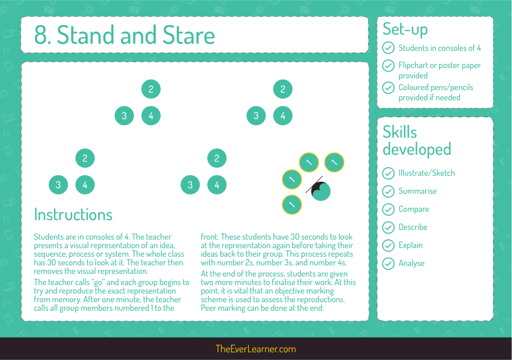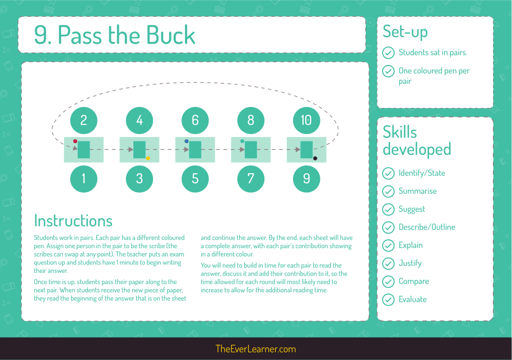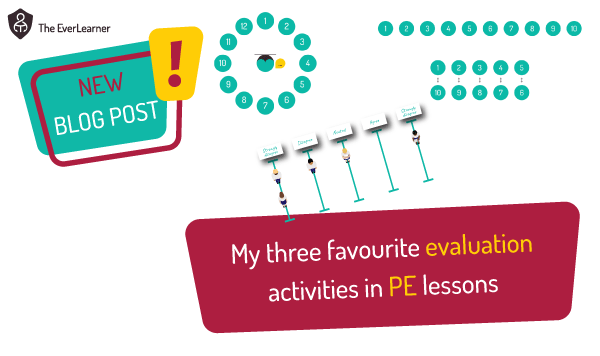Questioning Techniques in the PE Classroom (Part 3)
This post is part 3 in a series of 5 (minimum) posts on questioning techniques in the PE classroom. If you have not yet read Part 1 and Part 2 covering three different methodologies in each post, I encourage you to do so.
Q&A is one of the fundamental skills of a classroom-based PE teacher. As previously stated, I believe that asking questions should have the following, and only the following purposes:
- to cause the maximum new learning possible;
- to encourage the maximum adaptation of previously learned knowledge/skill;
- to increase the decoding rate of previously learned knowledge/skill by the maximum amount possible.
It is my opinion that learning-based questioning should not be conducted in a classroom for any other purpose.
It took me too long in my PE teaching career to establish these principles and for this reason, I want to share them and the methods I use with all PE teachers. In addition, I hope the methods that I advocate for in this series are both straightforward to establish and use in your classroom. To this end, I have made both downloadable cards and video guidance to give you the fullest picture possible.
Read about Q&A techniques 1-3 here.
Read about Q&A techniques 4-6 here.
Questioning Technique 7: Folded Lines
Like all of the previous six techniques that I have written about, this technique is focussed on skill development. Typically, that skill is either evaluating or justifying although this technique also enables students to explain better and to suggest too. You will notice a theme in my Q&A techniques that each is focussed on skill primarily. I advocate for this strongly.
Questioning Technique 8: Stand and Stare
This technique is superb for processes or models that feature more technical understanding and that can be presented visually. When I train teachers in CPD sessions about this model, I tend to use the image of an aerobic energy pathway as the stimulus. Take a look below. This model is visual, it is complex and it is challenging. Therefore, it is ideally suited to the Stand and Stare technique. Furthermore, I advocate for the activity to be the students' first experience of this topic area. In other words, I use Stand and Stare to introduce new learning to students
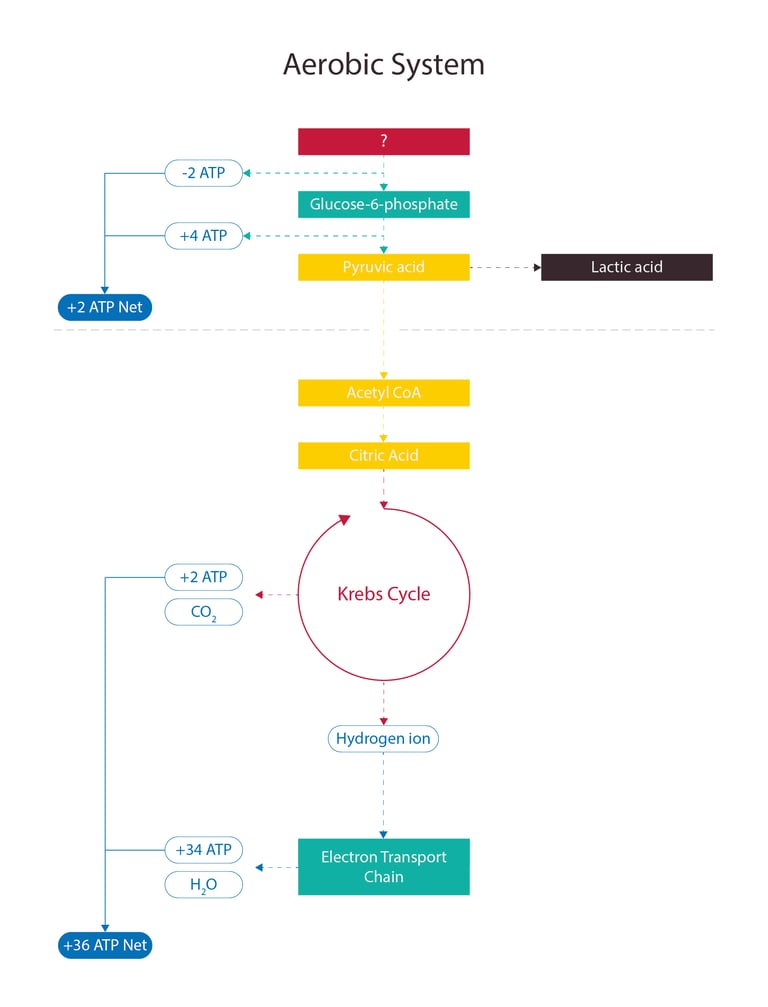 The card below explains how I set up the session.
The card below explains how I set up the session.
Questioning Technique 9: Pass the Buck
This is a wonderful technique for improving the experience of practice (exam) question writing and reviewing. Pass the buck forces students to collaborate and to read the writing of others in a context of simple competition and ownership. It works like this:
So, there we have it. Three more techniques, all of them with their specific usages and all of them targeting the fundamental principles described at the top of this blog post. Once again, I invite you to review this post in combination with Part 1 and Part 2 as well as part 4 and part 5 which are yet to be written. Please, consider making a comment below. I enjoy receiving them and always write back. :)
Thanks for reading.
James
%20Text%20(Violet).png)
